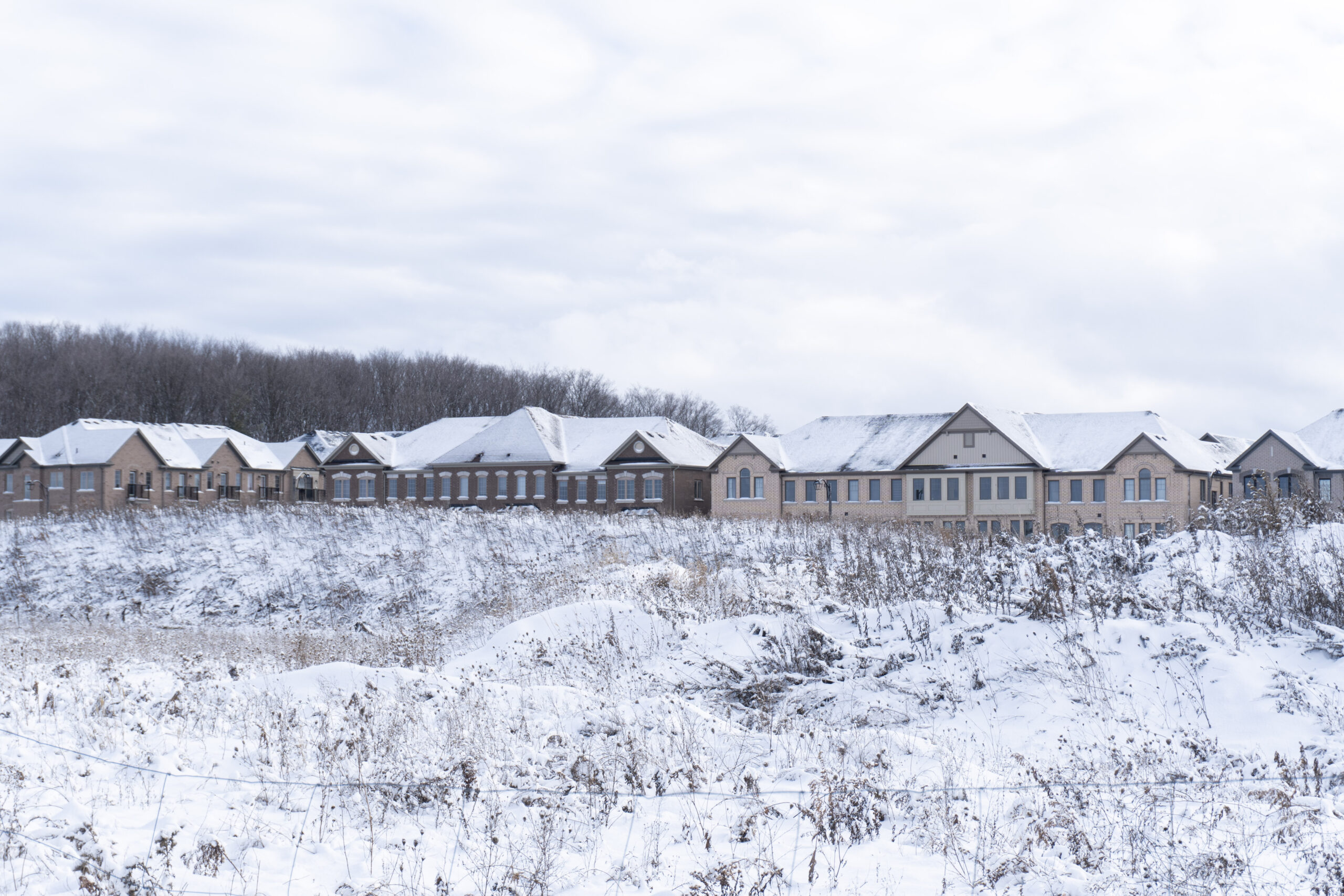Ontario government passes bill to address housing crisis
Sweeping housing policy changes spark criticism from local governments and conservation authorities.
On November 28, 2022, the Ontario Government passed Bill 23, the More Homes Built Faster Act. The bill tackles Ontario’s housing supply crisis, aiming to build 1.5 million homes by 2031. The bill builds upon the Progressive Conservative government’s More Homes, More Choice Act passed in June 2019, and the More Homes for Everyone Act passed in April 2022. Bill 23 proposes sweeping amendments and has caused discourse in Ontario’s cities.
To start with, the bill exempts attainable housing developers from municipal development charges, community benefit charges, and parkland dedication provisions—which are used to fund infrastructure projects, public service, and park construction respectively. The fees are a major source of city revenue, and according to a report by city staff, the City of Mississauga is estimated to lose up to $885 million within the ten years to come. To avoid program and service cuts, property taxes will need to increase by five to 10 per cent. “We want to work with the province to build more housing and while we agree that bold action needs to be taken, it can’t be done at the expense of our city and ultimately, our taxpayers,” said the City of Mississauga Mayor, Bonnie Crombie, in a government news release.
Environmentalists have criticized the bill as it will force conservation authorities to discount pollution and land conservation when making decisions. Credit Valley Conservation released a statement on November 14. The organization affirmed its support for constructing homes, but criticized the limitations imposed.
University of Toronto Mississauga Professor Shauna Brail, an economic geographer and urban planner, explained to The Medium that in addition to supply and demand, other factors driving up housing prices including construction costs, development charges, and, importantly, land speculation. “When you have investor-driven housing markets, that could also increase the price, because you have corporations with very substantial funds who are able to bid up the price of housing,” states Dr. Brail, explaining the logic behind speculation.
Dr. Brail points to Canada Mortgage and Housing Corporation’s June 2022 report, which states “To restore affordability, an additional 3.5 [million] affordable housing units are needed by 2030” and that two thirds of that housing supply gap is located in Ontario and British Columbia.
Dr. Brail says that measures like minimizing fees and delays in production may reduce the cost of building homes, but “in addition to having an adequate number of homes in the province, in our cities, we also need to think about having a high-quality environment. […] What makes GTA municipalities so desirable is actually the amenities and the quality and the lifestyle that can be provided.”
Bill 23 requires municipalities to update zoning requirements to include minimum densities within approved Major Transit Station Areas—land that is located within a 10-minute walk of a transit station located along an “existing or planned transit corridor.” Dr. Brail supports this change, stating: “It makes a lot of sense to focus density around transit.” However, a potential challenge the bill’s change brings to municipalities is a potential “loss of decision-making authority,” she says. “It’s the sense that plans have been developed and communities have been consulted, and then another higher level of government swoops in and says we’re changing this.”
On November 4, the government proposed to remove 7,400 acres of land from the Greenbelt, and replace it with 9,400 acres of other land. However, Dr. Brail contends the Greenbelt exists to protect ecologically fragile spaces, and housing initiatives need not cut into such areas. “The green belt shouldn’t be this kind of flexible thing that on the whim of a government faced with the challenge of figuring out how to build more housing that you just move it backwards a bit,” she emphasizes.
While the government’s actions addressing the housing crisis in Ontario contains some good ideas, Dr. Brail states that changing regulations is not enough. She explains that “market-driven activities alone are insufficient” and government funding is necessary to address unaffordable housing in Ontario.

